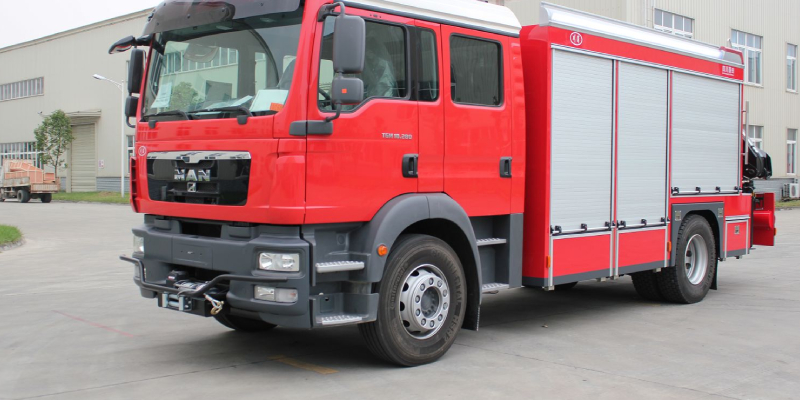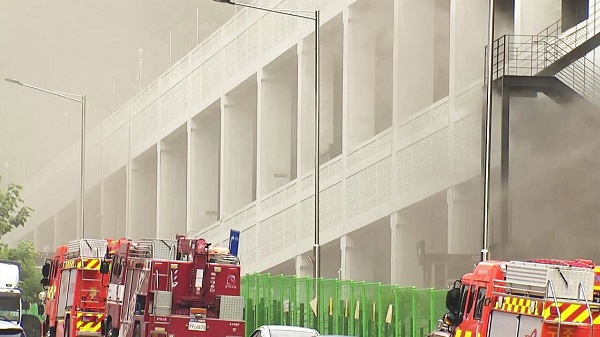
According to the National Fire Protection Association, vehicles are responsible for 20 per cent of all reported fires. This leads to developing a high-performance system for the transportation and logistics sector to meet the vehicle testing standards. At professional IT logistics companies like Avon Solutions and Logistics, we have had to face unique fire safety challenges, including the possibility of damage from heat sources. Learn more about our tips and measures to protect a warehouse from fire and damage.
Tips on Protecting Warehouses From Fire
A warehouse serves various functions and is an asset of a logistics company. It is the focal point of a company’s supply chain, and a fire can cause enormous losses in terms of materials and money. Therefore, any warehouse with an elevated fire load requires an in-depth, expert-based investigation to prevent, control, and eventually suppress a fire. Let’s discuss ways to protect a warehouse for gaining better knowledge.
- A warehouse must be equipped with manual fire extinguishers, fire hoses, fire hydrants, and systems for controlling temperature or extracting smoke.
- In small warehouses, automatic fire suppression equipment is recommended to help contain small fires or assist in large fires.
- In warehouses, optical smoke detectors detect changes in the air’s opacity caused by smoke in the air.
- Aspiration smoke detectors are used in warehouses to detect fires by collecting air samples from the surrounding area.
- In a warehouse, automatic sprinkler systems are used to protect against fires. Only the sprinklers within the affected zone will be activated during a fire. The ceiling is sprinkled, and sprinklers are installed in each row of the warehouse blocks.

Methods to Overcome Fire Challenges in a Warehouse
Logistics and warehousing are the core of supply chain management, and online retail is fueling the expansion and diversification of the global logistics market. Logistics depots and warehouses are a hive of activity with goods coming in and going out. This increases the possibility of collisions between machinery and shelving and an explosion. If a fire breaks out in a warehouse, goods may get damaged and rendered unfit for use.
Outdoor storage shelters are constantly vulnerable to arson and vandalism, and they are not adequately protected against fire. Public vehicles used by courier partners contain all of the ingredients necessary for fires to spread quickly throughout the vehicle. Installing an Automatic Fire Suppression System will provide a certified solution for these vehicles during logistics. The other methods to effectively protect warehouses are:
- Artificial intelligence and physical algorithms are used to create a novel fire detection system that you can use outdoors at night or in low-light conditions.
- Identify smoldering forklifts, robots and delivery personnel to generate prompt alerts for the appropriate teams in the event of a fire.
- A surveillance camera can detect smoke and flames within 30 seconds so that evacuations or fire department intervention can take place much more quickly.
- Intelligent fire suppression systems can be linked to offsite devices to provide regular updates on fire incidents.
- It is the most important piece of equipment for preventing fires which have been relatively stable over the last few decades.
Summing It Up
Warehouse contractors must consider three key factors while building it. They are expertise, knowledge of the industry, and the speed of deployment of suppression equipment. A fire suppression system provider should have experience and provide technical support from the beginning of the project. You should consider three factors: expertise, speed, and agility, while choosing the fire suppression system. Doing all these will help warehouses remain compliant and effective, with security in their inventory and employees.
